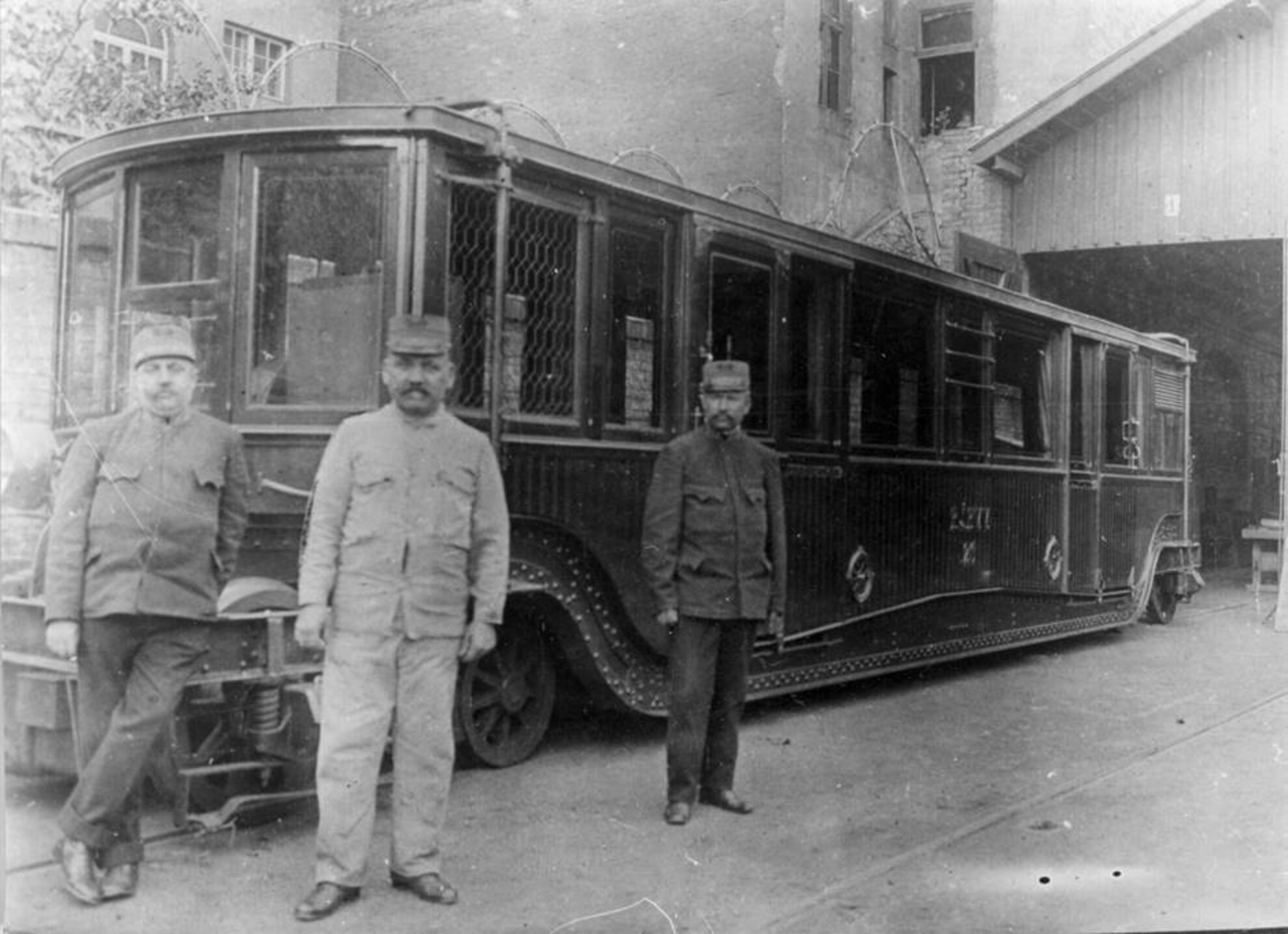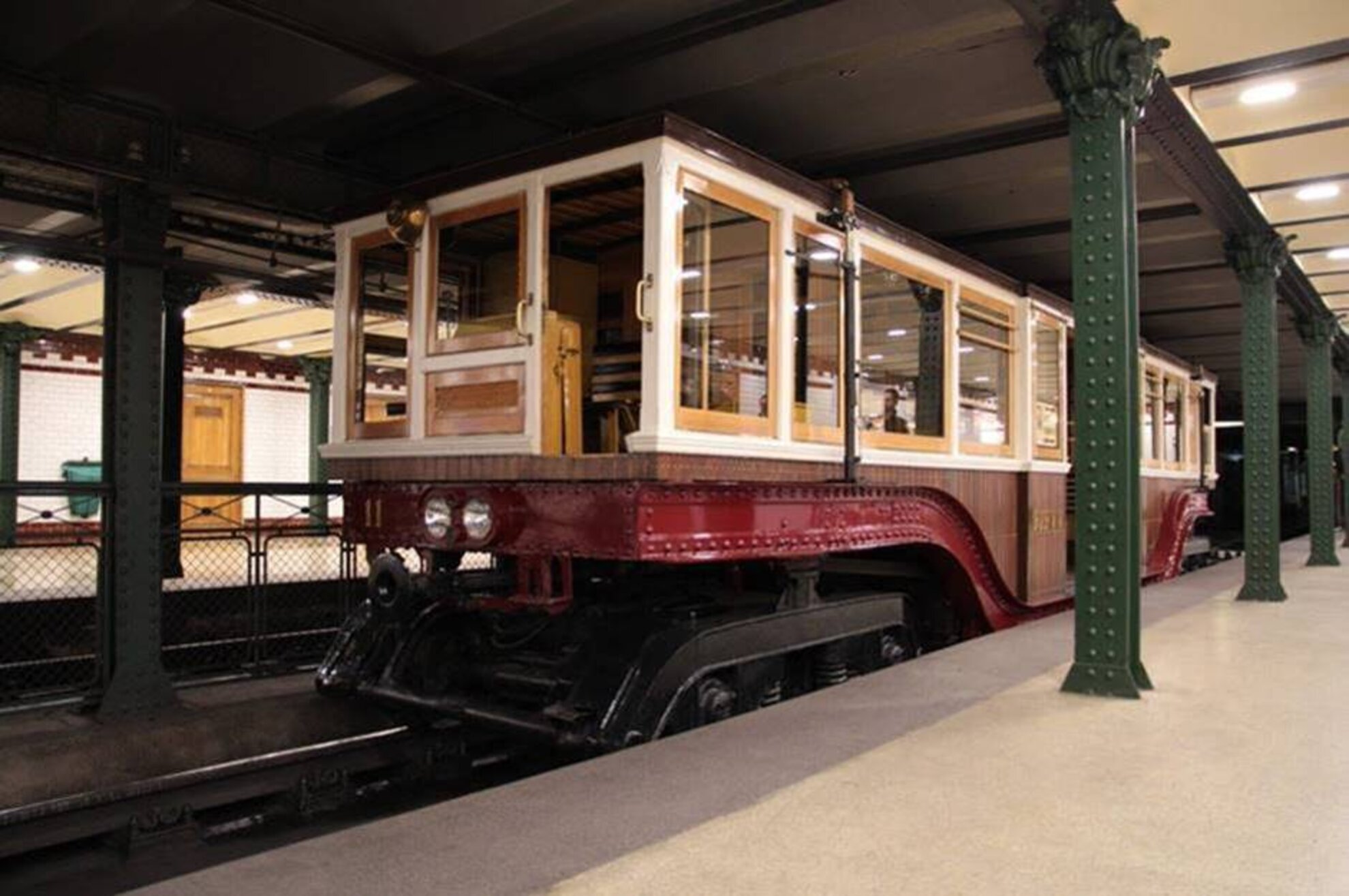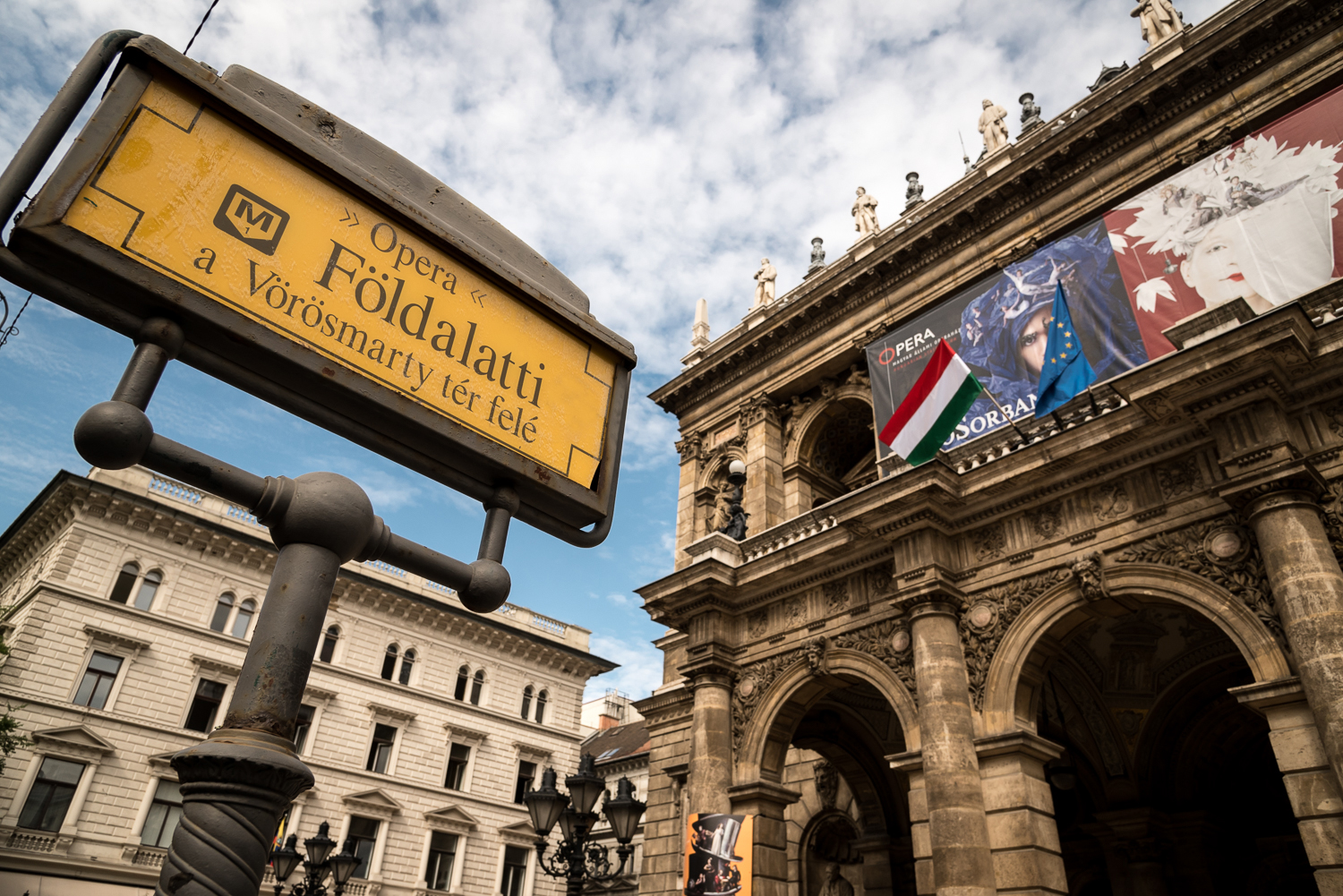Part of a World
Heritage Site, the millennial underground may only run for four kilometres but it
was a pioneer of its day, and remains a landmark in the history of transport
and technology.
It was also the first metro line on continental Europe, running beneath Andrássy út towards City Park where the main 1896 celebrations took place.

The project boss was
Mór Balázs (1849-1897), whose name is also remembered as it graces the awards
made within the transport industry in Budapest.
He ordered the vehicles
for his BVVV company from the Schlick factory, where those of rival firm BKVT
were also made. Half of the 20 carriages were thus done out in the signature
yellow of BVVV, the other half in the brown of BKVT.
The construction of the underground line was a significant innovation in itself, but its underground vehicles were built with new know-how: they were the first low-floor rail vehicles to have a cab at both ends, as opposed to the one-way locomotives used at the time.

One of them, the beautiful, timber-framed vehicle given serial number 11, preserved in its factory condition, is still the pride of the vintage fleet in the ever-expanding collection of BKV, which oversees public transport today. Ten-and-a-half-metres long, it has 14 seats and a capacity of 46 passengers. It was in service until 1960, with a maximum speed of 50km/hr. It was renovated in 1996 and re-conditioned in 2006.




